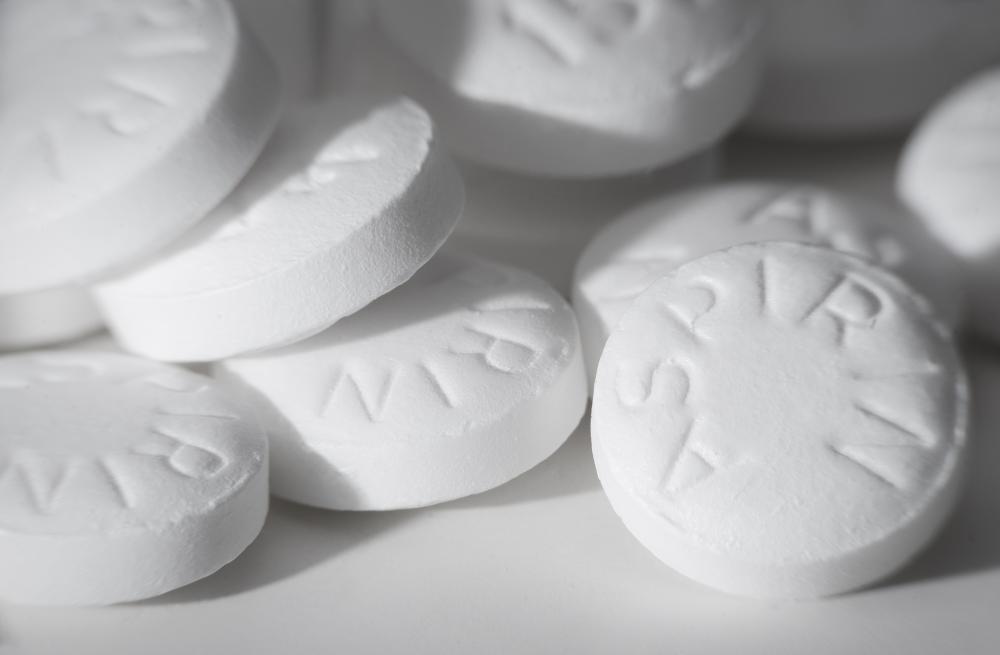At WiseGEEK, we're committed to delivering accurate, trustworthy information. Our expert-authored content is rigorously fact-checked and sourced from credible authorities. Discover how we uphold the highest standards in providing you with reliable knowledge.
What Is the Treatment for Apical Ballooning Syndrome?
About one in every 50 heart attack victims actually has suffered from what is known as apical ballooning syndrome (ABS), a "broken heart syndrome," which shares many of the same physical symptoms to a heart attack. Most common in elderly women with no arterial blockages, ABS can be complicated to diagnose, so doctors will often treat it first with a coronary angiography, along with a standard cardiac catheterization. This will help determine whether blockages have occurred. If the arteries are clear, diuretics, beta blockers and blood thinners could be prescribed as well as rest, diet changes and maybe therapy.
First differentiated in Japan in 2006, apical ballooning syndrome is often called

Few ABS sufferers have damaged or clogged coronary arteries. In emergency rooms across the world, doctors regularly screen patients suffering from heart attack symptoms like pain in the upper torso and extremities as well as shortness of breath, diarrhea, vomiting, nausea and dizziness. With apical ballooning syndrome, the patient also is likely to be a post-menopausal woman with recent traumatic emotional stress or loss. These patients have a much better chance of surviving than those who have suffered myocardial infarction; only about four percent of ABS cases are fatal, and just one in 10 patients have a recurrence.

Even with medical imaging, electrocardiogram and blood tests, doctors may not be able to distinguish between ABS and a regular heart attack, or myocardial infarction. The latter occurs when a physical clotting has shut down part or all of the heart muscle; the former is more of a medical mystery that, as of 2011, is just now starting to unfold. According to the American Heart Association, a higher level of catecholamines, the so-called fight-or-flight adrenal hormones, are often discovered in sufferers of ABS.
If still stumped after initial tests, doctors often catheterize and perform a coronary angiogram. This can confirm whether any blockages have caused the temporary shutdown, which typically occurs in the lower left ventricle. After this, about one in eight patients undergo a balloon counter-pulsation procedure, then a regimen of various drugs that can suppress the body's level of cathecholamines and thin the blood.
Diuretics, aspirin and "vasodilating" drugs that can make the vascular system more pliable are regularly diagnosed for ABS patients, as is rest and psychiatric intervention. Other conditions may be suspected too. Alcohol or drug abuse can cause cardiomyopathy, as can various nutritional or hormonal deficiencies. Recent surgery in the area and a few types of specialized heart diseases also can cause a heart attack, with or without the presence of occlusions or a broken heart.
AS FEATURED ON:
AS FEATURED ON:












Discuss this Article
Post your comments